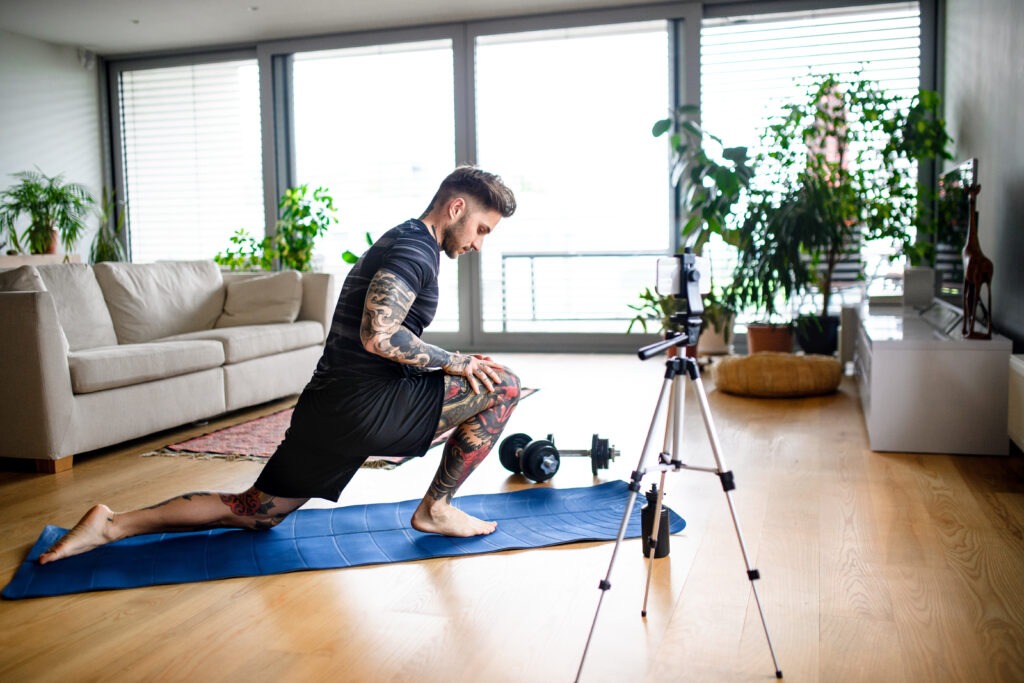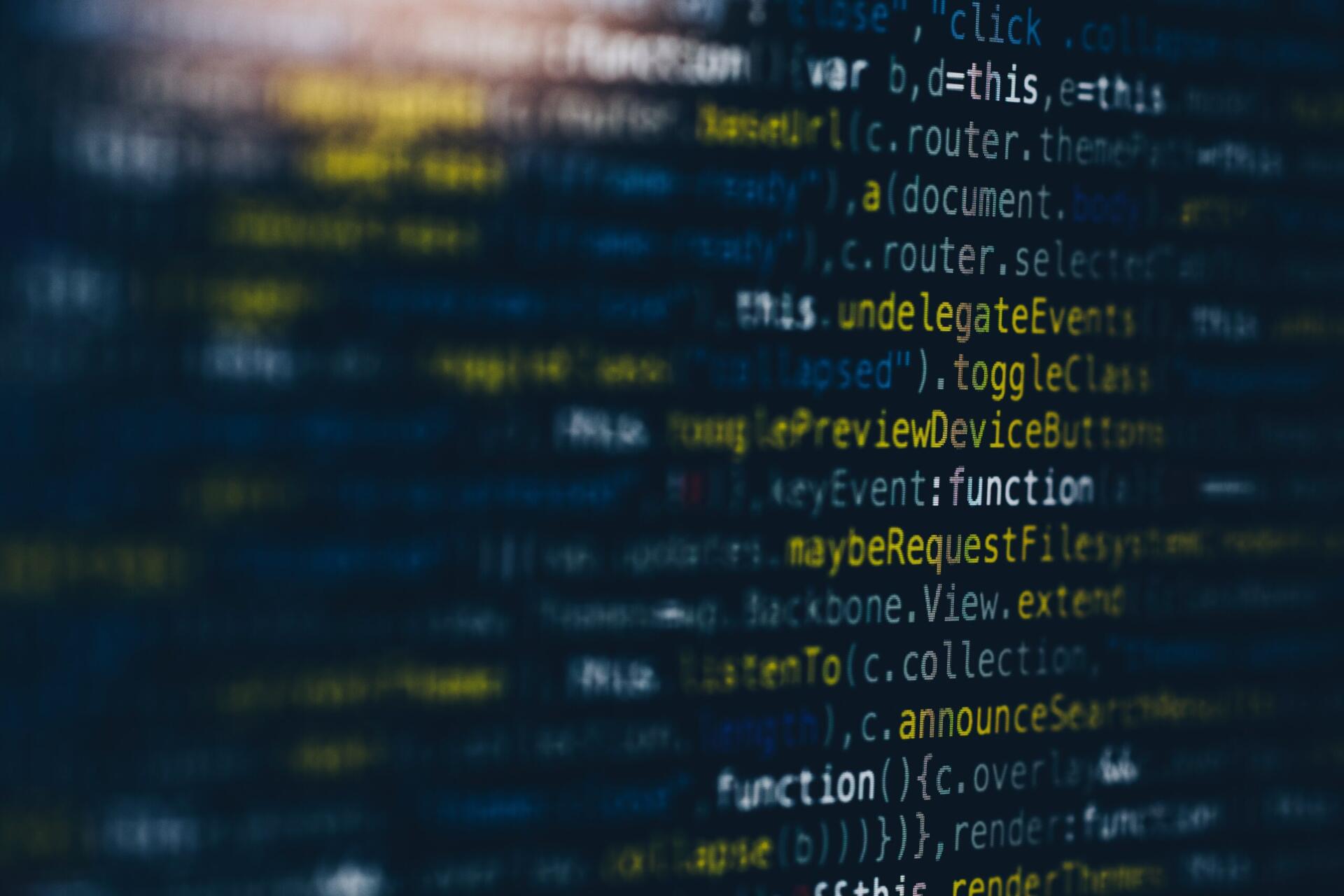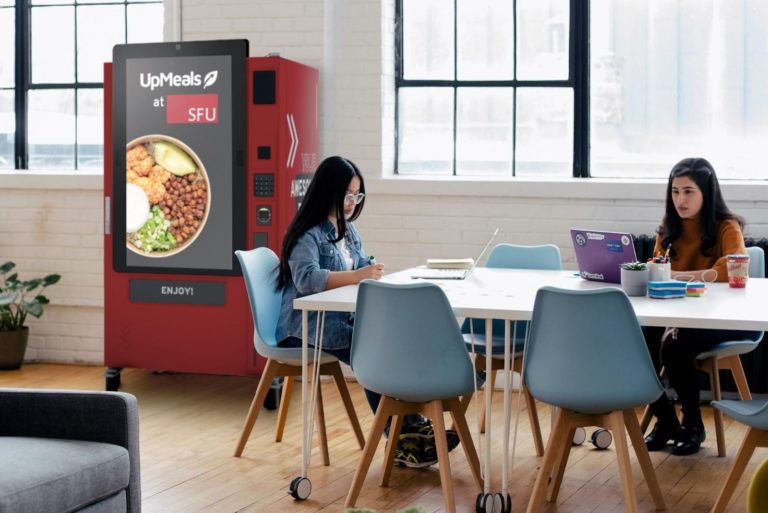2020 has challenged us to do things differently. Everything in our routine from how we connect to our loved ones to how we take care of our health has taken an unexpected turn. Technological advances were moving quickly as it was, but COVID-19 forced a massive speed up not only in tech advances, but also in the way we as a community relate to technology on a daily basis.
The health and wellness industry has done what it has needed to survive during these times, and COVID-19 has made wellness and tech come together in a way it never has before to create solutions to unexpected problems that are now a part of our daily living.
Because we love everything tech and wellness we wanted to give you a little snippet of what this new era has brought into the wellness world.
Healthcare and wellness professionals have been forced to choose between embracing technology or loosing their clients. The new risks of going into a medical facility for an in-person doctors appointment or medical exam, or even joining other wellness practices such as counselling therapy, support groups, and fitness activities, has left us scrambling to figure out how to deal with anything that comes up physically, mentally, or emotionally while alone at home.
From Telehealth appointments to online personal training, the digital wellness world has exploded in a very short period of time, and even those who preferred to keep technology at bay are now embracing it more and more as a part of their practice.
Fitness and Wellness
Fitness and wellness studios have taken a hard hit with the economic crisis that COVID brought upon. Many of these small, local studios have already had to close their doors for good. SemperViva, a well known local yoga community with several studios around Vancouver announced its closure early on in the pandemic, leaving many of its members looking for new ways to practice, teach, and connect. Even large international chains like Gold’s Gym have announced closure of multiple of their branches across North America.

Adapting Through the Struggle
Despite the new challenges, some communities, even smaller businesses have been adapting to the new reality and are staying afloat thanks to digital solutions.
Within days of the world unexpectedly shutting down all usual activity, the global wellness community including coaches, personal trainers, yoga and meditation teachers, and group fitness instructors jumped up to offer resources online.
Some local businesses were forced to shut down their brick and mortar spaces and reinvent their businesses to be completely digital. ovative Fitness, a personal training company with 12 facilities across B.C. launched their online gym only days after announcing the closure of all their studios. They worked with SaaSberry Innovation Laboratories Ltd. to build a platform that would allow them to shift their business to a digital platform. And within a few weeks they had managed to get 40% of their previous clientele enrolled into their online programs. Check out more about this story here: Fitness company pivots with online platform.
Tech companies worldwide have also stepped in to help smaller studios maintain their business through third party online platforms. ClassPass, a subscription platform that partners with fitness and wellness studios has launched access to live workouts partnering with over 500 studios. They offer all sorts of classes from high intensity workouts to meditation sessions, and 100% of their profits go to the studios they partner with. Solutions like these have been a saving grace for smaller wellness studios.
Community, Support, and Entrepreneurship
Because of the access to budget friendly platforms like Instagram, Facebook, Youtube, and video-chat applications like Skype and Zoom, many individuals have had the opportunity to come together to support their communities by offering their services at a fraction of the cost. This allowed them to be of service to people who could benefit from their services but don’t have the means.
As wellness professionals who lost their jobs in bigger companies navigate the digital space to make ends meet, many have realized that they can offer their services for more accessible prices while virtually earning the same. Without having to sacrifice a large percentage of income to an employer, many personal trainers, yoga teachers, and others have taken their own businesses into their hands. Universal access to technological platforms has made it easier than ever to start a business or personal project, and with the new limitations that the pandemic has brought, many professionals have taken this as an opportunity to take the step to create their own businesses.
People in the wellness industry also came together to support each other and those in need by offering free or by donation live classes and events through multiple platforms. Everyone from new professionals to established companies like Lululemon offered free classes to support their community in challenging times and stay connected. Because of this we now see an unprecedented ease of access to wellness tools from teachers worldwide that in any other circumstances we’d probably never have. The embracing of technology in the wellness world has opened the doors to a large range of learning materials to anyone who can connect to the internet.
Healthcare
Health professionals have also moved to online platforms when possible. Telehealth is a feature now for most health services and it’s a solution that is here to stay beyond COVID-19 times. Online consultations have been active for a while even before the pandemic. This allowed healthcare providers to support those living in rural areas, with busy lifestyles or accessibility issues. But now with the current state of things most people prefer having non-urgent medical consultations online to avoid the risk of exposure. But online doctor’s appointments have innate limitations in comparison to face to face meetings. Due to this, tech companies are fast-forwarding into new innovations that can help ease the stress on the health system and provide more complete practices while keeping safety standards as we navigate COVID-19.
Here are some interesting ways in which the healthcare industry is embracing technology these days to help support social distancing:
Remote Control Tech
A team of Johns Hopkins University and Medicine researchers are testing a remote control system that will allow physicians to operate machines from outside intensive care rooms. This technology will help further limit the exposure to this and any other infectious disease that will come around in the future, reducing the risk of contagion for hospital workers. You can read more about this story here: Remote Control for COVID-19 Patient Ventilators
At Home Vitals Monitoring

Tech start ups around the world are looking into ways to monitor patients from the distance and be able to gather necessary information like vital signs. Binah.ai an Israeli company is looking into using smartphone cameras to track vitals with similar technologies as the ones already used in smart watches. Their app called My Vitals can deliver monitoring of heart rate, blood pressure, respiration and oxygen saturation, all through the use of smartphone cameras.
These are just two of the thousands of new technologies that are starting to rise in the medical scene quicker than ever. The fast growth of these technologies will help slow the spread of the disease and keep our health systems as efficient and safe as possible.
On a more local scale, OROT a Montreal based hub for tech innovation in heathcare is currently in the process of adapting the Bihani.ai technology to Canadian healthcare and are running trials for the new technology. The app can allow patients at treatment rooms to self monitor their vitals, as well as those recovering from home. With the nature of the virus and its ability to take a turn for the worse rather quickly and without many alert signs, this technology can help at home patients keep track of their vitals and reach urgent care promptly if necessary.
We stand in exciting times for innovation. The challenges of the global pandemic have forced us to find new ways to connect and stay healthy, but the convenience and safety of some of these practices should not forever replace face to face human connection. Workers in the healthcare and wellness industries have the ethical responsibility to meet their patients can clients with compassion, empathy, and genuine interest for their wellbeing. The technological advances that are quickly being adopted to navigate COVID-19 should not undermine the importance of personal human connection in this or any other area. These technological advances are a great way to cope with the immediate needs of the pandemic, and many, if not all of them are here to stay far beyond COVID-19. We know, however, that no technology can or should fully replace in person contact and connection.





